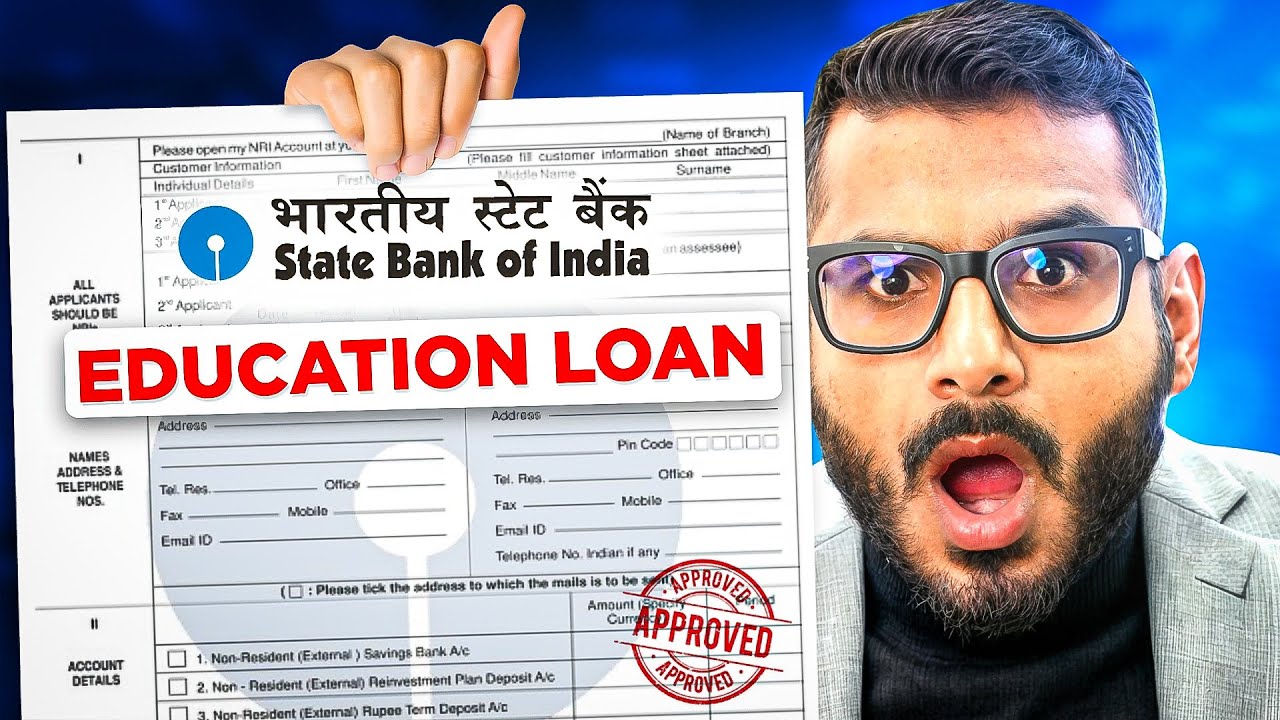Pursuing higher education in the USA is a dream for many students worldwide. However, tuition fees, living expenses, and other academic costs can be overwhelming. Thankfully, education loans make it possible to finance your studies. In this guide, we’ll walk you through how to apply for an education loan in the USA and improve your chances of approval.
Types of Education Loans in the USA
Before applying for a student loan, it’s crucial to understand the two main types: federal and private loans. Federal student loans, available to U.S. citizens and eligible residents, are funded by the U.S. government and generally offer lower interest rates and flexible repayment options. These include Direct Subsidized Loans, which are need-based with interest covered by the government while in school, Direct Unsubsidized Loans, which accrue interest immediately, and PLUS Loans for graduate students or parents. To apply, students must complete the FAFSA at studentaid.gov. Private student loans, available to both U.S. and international students, are provided by banks, credit unions, and online lenders. While they often have higher interest rates, they can help cover additional expenses beyond federal loan limits. Top private lenders include Sallie Mae, Discover Student Loans, Citizens Bank, Prodigy Finance (for international students), and MPOWER Financing. Applications for private loans are submitted directly through the lender’s website.
Step-by-Step Guide to Applying for an Education Loan in the USA
1. Determine Your Eligibility
Before applying for a student loan, it’s important to review the eligibility requirements. U.S. federal loans are only available to citizens or eligible noncitizens, making them inaccessible to most international students. Private loans, on the other hand, often require a strong credit score or a cosigner, particularly for international applicants. Additionally, many lenders mandate proof of enrollment at an accredited U.S. institution to ensure the funds are used for educational purposes. Checking these requirements in advance can help streamline the application process and improve your chances of approval.
2. Apply for Federal Loans (If Eligible)
For U.S. citizens and eligible residents, the first step in securing federal student loans is completing the FAFSA (Free Application for Federal Student Aid). To begin, visit studentaid.gov and create an account. The FAFSA form becomes available each year on October 1, and submitting it as early as possible increases your chances of receiving aid. After completion, you’ll receive a Student Aid Report (SAR), which outlines your eligibility for financial aid. If approved, your school will send a financial aid offer detailing the types and amounts of aid available to you, including grants, scholarships, and federal loans.
3. Compare Private Loan Options
For students who need additional financial support beyond federal aid—or for international students who don’t qualify—private student loans can be a viable option. When selecting a lender, consider key factors such as interest rates, which may be fixed (remaining the same over time) or variable (fluctuating with market conditions). Repayment terms also play a crucial role; shorter terms lead to higher monthly payments but result in lower overall interest costs. Additionally, many lenders require a cosigner, especially for international students, who typically need a U.S.-based cosigner to qualify. To find the best rates and terms, use comparison tools like Credible, College Ave, or NerdWallet to evaluate multiple lenders and choose the most affordable option.
4. Gather Required Documents
When applying for a student loan, lenders require specific documents to verify your eligibility. These typically include proof of enrollment, such as an admission letter from your university, to confirm that you are attending an accredited institution. Identification is also necessary, with U.S. citizens needing a Social Security Number and international students often required to provide a passport. Financial documents, such as income proof and bank statements, help lenders assess your ability to repay the loan. Additionally, for private loans, a credit history report is usually needed to determine your creditworthiness, and international students may require a cosigner with a strong credit profile. Having these documents prepared in advance can help streamline the application process.
5. Submit Your Loan Application
Once you’ve chosen a lender, the next step is to complete the application process. Start by filling out the online application form, providing accurate personal and financial details. You’ll need to upload the necessary documents, including proof of enrollment, identification, and financial statements. If a cosigner is required, they must also submit their financial details to support your application. After submission, the lender will review your information, and the approval process can take anywhere from a few days to a few weeks. Being proactive and ensuring all documents are in order can help speed up the process and improve your chances of securing the loan.
6. Accept and Disburse Funds
After approval, the loan amount is sent directly to your school. Any remaining funds may be given to you for personal expenses.
Final Thoughts
Getting an education loan in the USA is a great way to finance your studies, but careful planning is key. Start with federal aid, compare private loan options, and ensure you borrow only what you need. By understanding the process and preparing in advance, you can secure funding and focus on your education with confidence!
